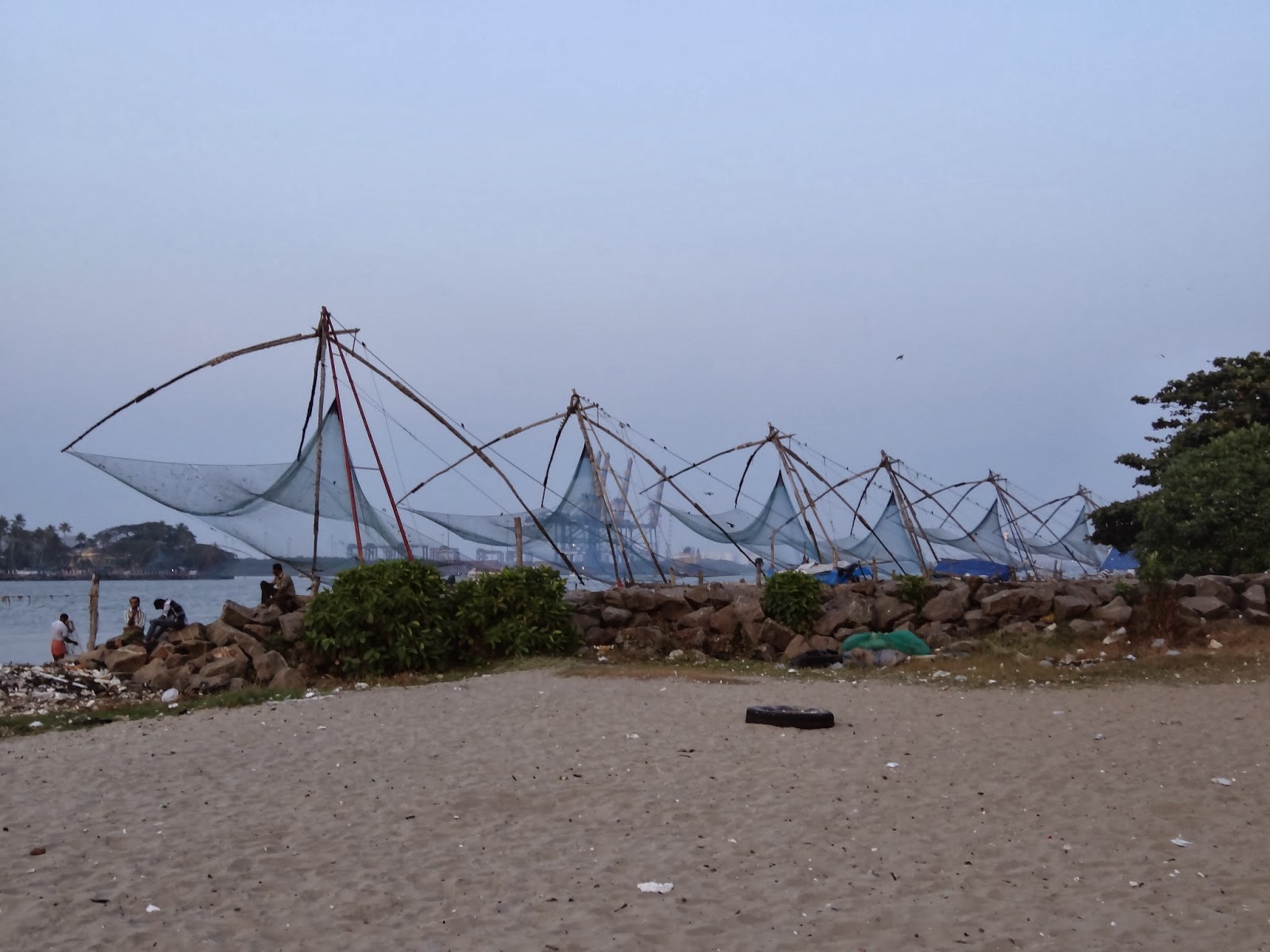Bangalore
is a major city in India with about six million inhabitants in the city and its
outskirts. The city has grown rapidly as
a prominent area for information technology and call center industries. Many large IT corporations have large
campuses located in Bangalore.
 Our
hotel in Bangalore was the Lemon Tree Hotel.
When we got there, they up-graded our room to one with a spectacular
view – probably because of our last name.
The room overlooked a rather large park and lake in the center of the
city, where we walked and enjoyed the evening our first day there.
Our
hotel in Bangalore was the Lemon Tree Hotel.
When we got there, they up-graded our room to one with a spectacular
view – probably because of our last name.
The room overlooked a rather large park and lake in the center of the
city, where we walked and enjoyed the evening our first day there.
 The
next morning we had a guided tour of the city.
Bangalore has a surprising number of large parks. One, Lalbagh Botanical Garden, was
commissioned in 1760 by the father of Tipu Sultan and then later finished by
Tipu Sultan. It covers 240 acres and is
truly beautiful with many old and stately trees and beautiful flowers. There was a flower show going on when we
visited, and a large green house was the center of the show with many whimsical
flower creations.
The
next morning we had a guided tour of the city.
Bangalore has a surprising number of large parks. One, Lalbagh Botanical Garden, was
commissioned in 1760 by the father of Tipu Sultan and then later finished by
Tipu Sultan. It covers 240 acres and is
truly beautiful with many old and stately trees and beautiful flowers. There was a flower show going on when we
visited, and a large green house was the center of the show with many whimsical
flower creations.
Tipu
Sultan was a major figure in Bangalore.
His summer palace was built in the Arabic style, and though relatively
small, was beautifully adorned, built entirely of teakwood. He was the last Sultan in Bangalore and was
defeated by the British as they took over the sub-continent of India.
 Our
last evening there we walked down “Commercial Street” with many shops crammed
into a street about three blocks long.
There was everything from McDonalds and Krispy Kreme to very high end
silk clothing stores – everything an Indian with a pocket full of Rupees could
want.
Our
last evening there we walked down “Commercial Street” with many shops crammed
into a street about three blocks long.
There was everything from McDonalds and Krispy Kreme to very high end
silk clothing stores – everything an Indian with a pocket full of Rupees could
want.
Bangalore
was our last stop in India. It has been
a long a varied trip with many experiences and contrasts. Many memories shared with you and many more
we didn’t have the time or space to share.
Tomorrow, it’s off to Abu Dhabi, United Arab Emirates.
Our
grateful thanks to our friend Smita Bhargava and her company Diverse
Destination Pvt. Ltd. for arranging this wonderful tour of southern India, and
to our driver Dhana Shekhar for taking such good care of us.
















































